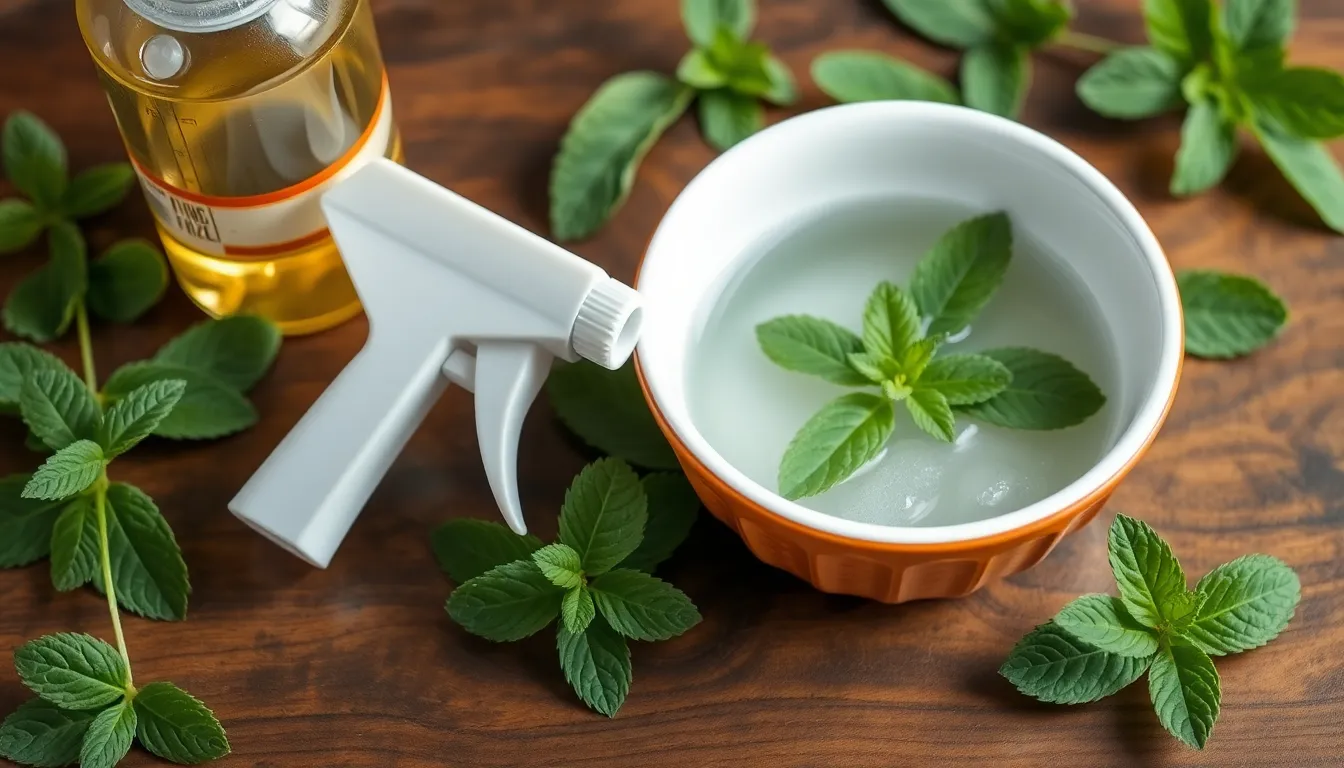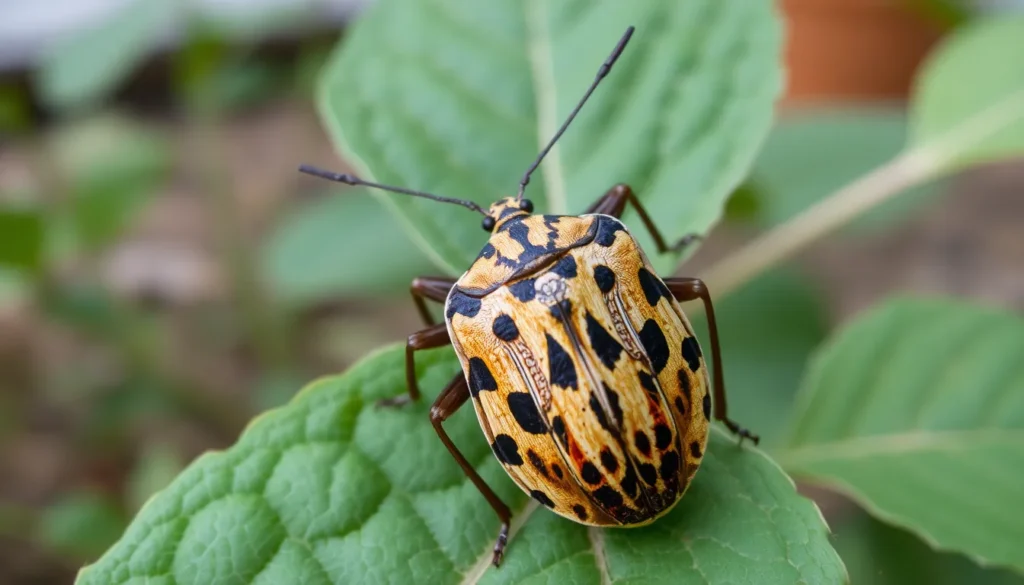Stink bugs are the uninvited guests that crash your home party, bringing their unpleasant odor and knack for multiplying. These little critters have a talent for turning peaceful living spaces into a pestilent playground. But fear not! There’s a way to send these smelly squatters packing without turning your home into a battlefield.
Table of Contents
ToggleUnderstanding Stink Bugs
Stink bugs are known for their intrusive nature and strong odor. These pests can quickly invade homes, posing a significant annoyance.
What Are Stink Bugs?
Stink bugs belong to the Pentatomidae family. They typically feature a shield-like shape and come in various colors, such as brown and green. A unique defense mechanism produces a pungent smell when threatened. Common species include the brown marmorated stink bug, found in many regions, and the green stink bug, which prefers warm climates. Notably, they feed on fruits, vegetables, and plants, causing damage to crops and gardens. Understanding their characteristics helps in identifying the best control methods.
The Life Cycle of Stink Bugs
Stink bugs undergo a distinct life cycle with five stages: egg, nymph, and adult. Eggs typically appear in clusters and hatch within a week. Nymphs resemble miniature adults but lack fully developed wings. During the nymph stage, they molt five times before reaching adulthood over a few weeks. Adults usually emerge in the late summer or early fall, ready to reproduce. With a single female capable of laying hundreds of eggs, populations can grow rapidly. Their life cycle significantly impacts potential infestations within homes.
Effective Methods for Killing Stink Bugs

Various methods exist to eliminate stink bugs effectively. Utilizing these techniques can significantly reduce their presence in homes.
Chemical Solutions
Insecticides serve as a potent method for killing stink bugs. Products containing active ingredients such as pyrethroids target these pests directly. Spraying chemical solutions near entry points and infested areas proves effective. Always follow label instructions to ensure efficient use. Products designed for indoor or outdoor use provide flexibility depending on the infestation location. For severe cases, foggers may cover larger areas quickly, providing instant results.
Natural Remedies
Natural alternatives offer eco-friendly options for managing stink bugs. Soap and water mixtures act as a simple yet effective killer. This solution suffocates the bugs upon contact. Essential oils, like peppermint or neem, repel stink bugs due to their strong scents. Using vinegar solutions also disrupts their natural behavior, deterring them from entering homes. Traps filled with soapy water or bait can capture bugs effectively. These remedies offer a less toxic approach to pest control while maintaining home safety.
Prevention Techniques
Effective prevention is crucial to keep stink bugs from invading homes. Proper home maintenance and outdoor strategies play significant roles.
Home Maintenance Tips
Seal gaps around windows and doors to block entry points. Ensure that screens on vents, windows, and doors remain intact, as small openings facilitate access. Inspect the exterior regularly for cracks in walls and foundations. Repairing these can significantly reduce the chances of stink bug infiltration. Properly store firewood and outdoor equipment far from the house, deterring pests from nesting nearby. Utilize exterior lights strategically; opting for yellow bulbs can attract fewer insects.
Outdoor Strategies
Trim back shrubs and plants near the home, as dense vegetation provides shelter for stink bugs. Maintain landscaping to avoid standing water, which can attract other pests that stink bugs follow. Use floating row covers on garden plants to provide an additional layer of protection. Regularly clean up debris like leaves and clippings, eliminating potential habitats. Implement physical barriers, such as fine mesh, around gardens to deter stink bug access.
Comparison of Methods
Various methods exist for killing stink bugs instantly, each with its own strengths and weaknesses.
Effectiveness of Chemical vs. Natural
Chemical solutions often show immediate results against stink bugs. Insecticides containing pyrethroids act quickly, effectively targeting the pests. On the other hand, natural remedies provide a less toxic alternative. Mixtures of soap and water, essential oils, and vinegar can repel or kill stink bugs, though results may take longer to manifest. Research indicates that chemicals may eliminate larger infestations faster, while natural approaches better suit eco-conscious homeowners. Overall, the choice depends on urgency versus safety considerations.
Safety Considerations
Safety becomes crucial when selecting methods for stink bug control. Chemical insecticides pose health risks to pets and children if misused or over-applied. In residential settings, caution is essential to minimize exposure. Natural methods offer a safer route, reducing the likelihood of harmful consequences. However, some essential oils may cause allergic reactions in sensitive individuals. It’s important to follow directions carefully, regardless of the chosen method, ensuring a balanced approach to pest management.
Stink bugs can be a nuisance in any home but effective solutions exist for their immediate removal. Whether opting for chemical insecticides or natural remedies homeowners can find methods that suit their preferences and safety concerns.
Implementing preventative measures is equally important to avoid future infestations. By sealing entry points and maintaining outdoor spaces homeowners can create an environment less inviting to these pests.
With the right approach it’s possible to reclaim living spaces from stink bugs and restore peace in the home.





